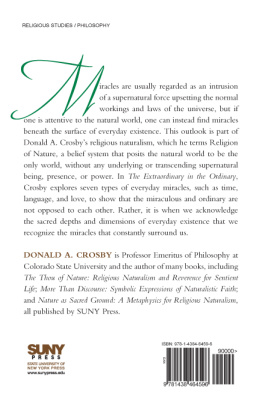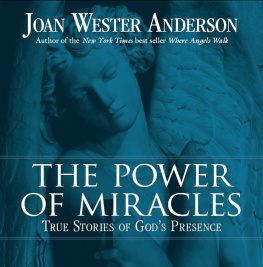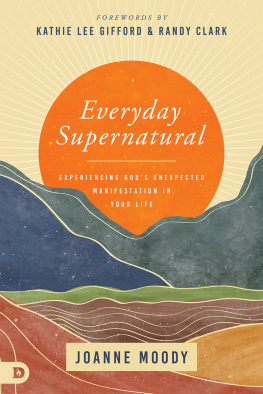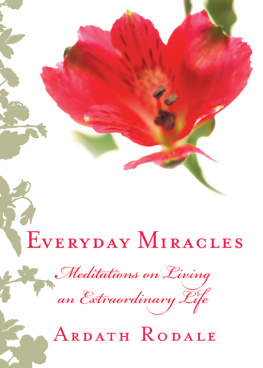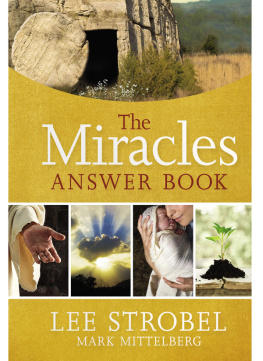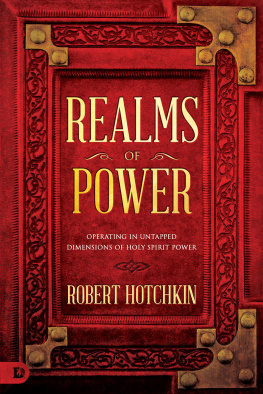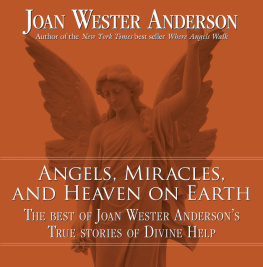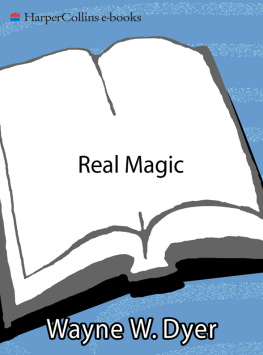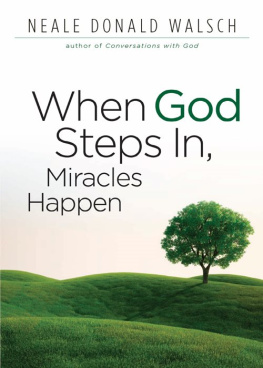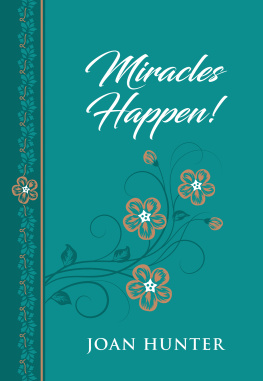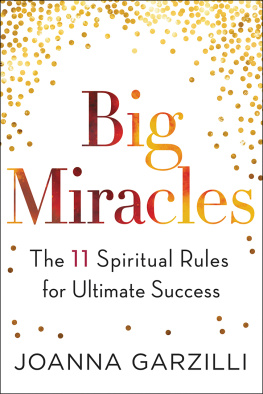The Extraordinary in the Ordinary
The Extraordinary in the Ordinary
Seven Types of Everyday Miracle
DONALD A. CROSBY
Cover image Diego.cervo | Dreamstime.com
Published by State University of New York Press, Albany
2017 State University of New York
All rights reserved
Printed in the United States of America
No part of this book may be used or reproduced in any manner whatsoever without written permission. No part of this book may be stored in a retrieval system or transmitted in any form or by any means including electronic, electrostatic, magnetic tape, mechanical, photocopying, recording, or otherwise without the prior permission in writing of the publisher.
For information, contact State University of New York Press, Albany, NY
www.sunypress.edu
Production, Diane Ganeles
Marketing, Fran Keneston
Library of Congress Cataloging-in-Publication Data
Names: Crosby, Donald A., author.
Title: The extraordinary in the ordinary : seven types of everyday miracle / by Donald A. Crosby.
Description: Albany, NY : State University of New York, 2017. | Includes bibliographical references and index.
Identifiers: LCCN 2016031423 (print) | LCCN 2017004916 (ebook) | ISBN 9781438464596 (hardcover : alk. paper) | ISBN 9781438464619 (e-book)
Subjects: LCSH: Miracles. | Cosmogony. | NaturalismReligious aspects. | NatureReligious aspects.
Classification: LCC BL487 .C76 2017 (print) | LCC BL487 (ebook) | DDC 202/.117dc23
LC record available at https://lccn.loc.gov/2016031423
10 9 8 7 6 5 4 3 2 1
For Pam
Beloved Companion of My Days
Perhaps at the precise moment at which I see a butterfly emerge from a cocoon, a switch is flipped, and what was, a second before, a purely biological event suddenly fills me with a conviction that all life is a miraculous transformation.
........
The secret of life is in plain sight. If we observe with a reverent eye, we may realize that all events, persons, and things are at once ordinary and sacred, factual and sacramental. In a world experienced as sacred, the miracle of the bread and wine is that bread remains bread and wine remains wine. And an Indigo Bunting may be enough to inspire a never-ending quest for the sacred.
Sam Keen
Contents
C HAPTER 1
Two Concepts of Miracle
C HAPTER 2
Passage of Time
C HAPTER 3
History of Histories
C HAPTER 4
Individual Consciousness
C HAPTER 5
Spoken and Written Language
C HAPTER 6
Immensity of the World
C HAPTER 7
Power of Imagination
C HAPTER 8
Ideal of Love
Preface
T he deepest source of attentive awareness of the world is a keen and unremitting sense of wonder. This sense is usually extremely active in childhood, but it is apt to fade and be impoverished in adults. It does so largely, we can surmise, because the world, once exciting and new, becomes all too familiar and filtered through encrusted attitudes and expectations. A world over brimming with promises of fresh discoveries and enticing new experiences for the child can become largely dull and uninteresting for the adult. We adults are liable to conclude that we have seen it all before and that uplifting new insights and discoveries are bound to be rare in days weighed down with enervating repetition and habit.
Been there, and done that is often our unconscious motto and outlook. The path of our adult lives has become so trampled with routine that we no longer take notice of the untrod byways of wonder and imagination that beckon on every side. And just beneath the hardened surface of what we might tend to experience as a tedious daily path, there is much that is enthralling and wonderful if we can only learn to develop the openness of heart and mind to bring it startlingly into view.
I say startlingly because this renewed way of seeing can come not only as a fascinating but also as a shocking revelation of all that we have formerly left out of account and failed to perceive. It makes us aware of having trudged mindlessly and incuriously through a world of dazzling depth and mystery and of having little sense of what is implicit in all that we have formerly taken for granted. We have been oblivious to what awaits us in the way of freshness and wonder, insensitive to what can rightly be called the miracles of everyday life, the dimensions of the extraordinary that await discovery under the wrappings of the ordinary.
A process of life blind to miracles of the everyday is analogous to being thrown into a pitch-dark room. One has little sense of what the room contains. Murky shapes and shadows blur the colors, contours, and arrangements of its furnishings. One may find a way over time to move routinely among these shapes and shadows, but with little understanding of what they distort and conceal. Consider the difference of perception when the lights are switched on! One is suddenly made aware of what was hitherto concealed from view, aware now of it in its true colors, forms, and designs.
To be unattuned to the miracles of everyday life is like this experience of the dark room brought to light. One can continue to stumble in the murk of what is begrudgingly tolerated as the commonplace and routine. Or one can become acutely receptive to how extraordinary everything in life and experience becomes when encountered with an enlightened sensibility, a charmed and sometimes trembling consciousness of how awesome the world is in its multiple manifestations and dimensions. I use the word trembling because not all experiences of miracle are reassuring and benign. Some can be terrifying.
If we conceive broadly of miracles as powerful inducements to wonder, a raging forest fire, tumultuous hurricane, or mighty volcanic eruption is certainly wondrous to behold. Each of them is also frighteningly dangerous and destructive. The wonder they induce can have the salutary effect, however, of bringing to our minds the incredibly powerful forces at work in the world and the marvel of our being conscious participants in the majesty of the world. The terrifying ferocity of such miracles can sharpen our sense of what it means to be alive for the short span of our existence. Their jolting impact can challenge us to make the most of our brief lives, especially with respect to the effects for good our lives can have for others, both human and nonhuman.
The difference in attitude and perception I am talking about is also somewhat like first examining an elegant tapestry from its underside or gazing at the intricate insides of a laptop computer when they are opened to view. There is much more here than the familiar surface portrayal or simple outer structure of which we were earlier aware. The complex technique of tapestry weaving or the marvel of computer conception, creation, and operation is brought vividly into view when we look at the tapestry from a radically different angle or begin to contemplate the inner workings of the computer and try to comprehend how it can do what it amazingly but routinely does. In similar fashion, I contend, if we strip away the outer facade of the ordinary, we can uncover the deep-lying fascinations, challenges, and mysteries of the extraordinary, the captivating wonders and miracles that suffuse everyday life.

